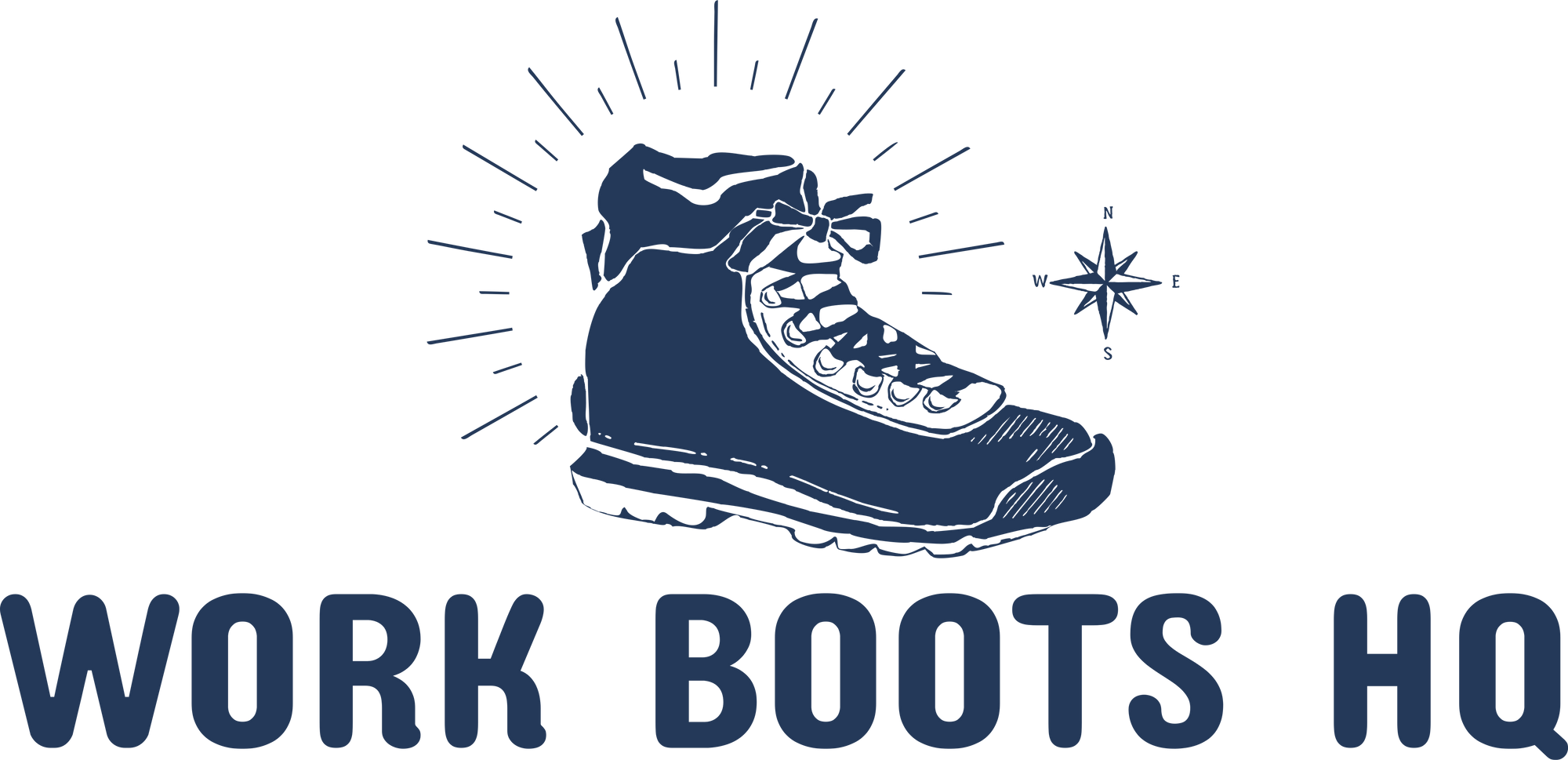
This post may contain affiliate links which means I may receive a commission for purchases made through links. Learn more on my Private Policy page.
If you're wearing orthotics or insoles, be careful. Because if you put them in the wrong shoe, it can not only eliminate the benefits you're hoping to get, it can make things worse. Hi, I'm Steven Sashen from Xero Shoes, and in this short video I want to tell you how you can the BEST shoe possible if you're wearing orthotics or insoles. And at the end of this video I'm going to tell you something about orthotics and insoles that, literally, might change your life. So, let's get started. And, by the way, what I'm about to say is true whether you're wearing a $25 or $15 thing you get off the shelf at Walmart or at Costco or at Target, or if you go to a doctor and get a $1,000 custom-made orthotic just made specifically for your foot.
In fact, let's start with those. When you get one of those made, the doctor, or physical therapist, or whomever it is, will try to get an impression of your foot, either 2-dimensional, like stepping on some carbon paper — If you're old enough to remember what carbon paper is — or stepping on some compressible foam that makes a 3D model of your foot. They use that information to then make the orthotic, the idea being that will change the geometry of your foot, that will then change the geometry of your ankle, and that will affect your knee, your hip, your back, all the way up to your neck and, hopefully, eliminate whatever pain or problems that you're running into. Notice the most important aspect of that: you're stepping on something flat to find that neutral and correct position for the rest of your body. How does this impact the whole idea of what shoe you're wearing and what the WRONG shoe is? Well, let me tell you right off the bat — most the shoes that you have are the wrong shoes for the reasons you're about to see.
Let's start with a shoe. Notice something about this shoe? The heel is elevated from the ball of the foot. Now, what that means is it changes your posture. it's already changing the geometry from that flat thing to something that's not flat. And that can affect you because it can move your center of mass, it can shift your pelvis forward, you might have to lean back a little bit which can put some strain on your lower back. Some orthotics or insoles are already built with extra height in the heel also, and that can exacerbate this whole tilty thing that we're experiencing. Let's take a look at the next part of this shoe — arch support.
There's arch support built into the shoe. Now in the insole there's some as well, but you usually take that out and replace that with the orthotic. But even without that, there's arch support built into the shoe. And most orthotics have arch support built into them, whether you have flat feet or high arches. So, you add arch support on top of arch support and, again, that changes the geometry which can change the impact. Let's take a look at another thing. Toe spring. So, this is elevating your toes. I can't flex this part — it doesn't bend down in any way. So, that's not letting your foot move naturally, and so that's also going to impact how an orthotic works, especially if you have a full orthotic that's supposed to go all the way to the end of your shoe vs.
A 3/4 orthotic that stops right here. Now, if you have a 3/4 orthotic, many of these are semi-rigid or fully rigid which will be affected by the flexibility of the shoe. Well, let's take a look at the flexibility of most shoes. These are all different, but I'm going to use this one, obviously. I'm not making this up when I do this. Okay. That's where this shoe bends naturally. And, literally, can't bend anything from here forward. I mean, it just doesn't go. And that's not wher your foot bends. There's no part of your foot that bends that way in that place. So, the way this shoe bends is going to affect the orthotic, which is going to affect your foot, which will affect your ankle, your knee, your hip, your back, etc. Now, there's one other thing. I did some — I was in the lab with Dr. Bill Sands. He used to work for the US Olympic Committee. And his research showed that people changed their gait — the way their feet and ankles and whole body moves — based on the shoe they're wearing.
And I don't mean just different shoes that they've never worn. I mean their favorite shoes from their closet — each different shoe changed the way their body moved. And shoes break down over time. So, the foam in here will break down. The soles will break down. And I'm willing to bet that if you have orthotics or insoles you don't have a different one for every pair of shoes that you own, that's made specifically for that shoe, nor do you have one that's designed to accommodate what happens to that specific shoe as it wears down and breaks down. I mean that would be prohibitively crazy and expensive and it's frankly, impossible. So, what do you do? What's the best shoe that you can wear if you're wearing orthotics or insoles? Something that doesn't interfere with that geometry. Something that doesn't get in the way. This won't be a shock to you — that's what we do here at Xero Shoes. Now we don't necessarily recommend wearing orthotics, but if you're going to, we're giving you the best platform possible.
I'll show you why. This is our HFS shoe. And you might notice something about it, that's true about all of our shoes and boots — it's flat. So that same surface that you got the orthotic made from — a flat surface — flat. We don't have heel lift. We don't have toe spring. There you go. It's also really, really flexible. So it can let your foot move where it needs to move, when it needs to move, even if you have an orthotic in and it's just that front part of your toes — that's going to flex and work perfectly. There's no midsole foam to break down. The soles are made with a 5,000 mile sole warranty, so they're going to last a really long time and when they do start to wear out, because, you know, physics, they're not going to break down in the way that traditional soles do, also.

So you'll still have a really good platform, well, through the life of the shoe. So that's why we recommend these. Now there are a few other things that are useful with Xero Shoes. They're really, really lightweight. They have a wide toe box so your toes can spread and splay and do what's natural. And, as I mentioned before — the 5,000 mile sole warranty as well. We have a whole line of casual and performance shoes and boots and some sandals as well that you can see. So, obviously, it would be great if you'd come over to XeroShoes.com and buy something that can work really well if you're wearing orthotics or insoles. And, by the way, like I said — this is totally true with the $25 insole as well as the $1,000 custom-made thing. But now let me tell you about that life-changing information. Because you have to ask yourself the question: When are orthotics or insoles good?When might not they — when might not they be good — when might they not be good? When might they be completely irrelevant?Well, let's take a look at this.
The simplest thing is what most doctors will tell you: is that you're supposed to use something to immobilize your foot, to basically support your foot when you're recovering from some injury. They're designed — they were originally designed for injury recovery, not for something that you would want to wear for the rest of your life. That's part one. Think about it this way: Imagine that you have your arm, that your arm got broken, and you have a cast on your arm.
You know that you need to rest, you need to recover. But you also know that while you're recovering, and not using that joint, it's getting weaker from lack of use. Well, guess what? The same thing happens when you wear an orthotic. So your foot doesn't get to move and bend and flex and that will make it weaker over time.
There's research coming out showing that when they put orthotics in the shoes of healthy athletes, within 12 weeks they lost up to 10% of the muscle mass in their feet. So, stronger clearly is better than weaker. And the way you get stronger is by using things. So, the idea with an orthotic is to use it for recovery while you're simultaneously, if possible, doing exercises or just walking barefoot, or whatever you need to to build up some strength so that your feet can do their job, which is supporting your body, helping you be mobile, sending information from the soles of your feet to your brain so that your brain knows how to effectively move your body.
To stand in the right position. To run, to walk, to hike, as well. So, Xero Shoes are designed to let you do that. The soles give you ground feedback as well as the protection that you're looking for. So, the basic idea, again, is — ideally — you want to get out of the orthotic as quickly as you can. Use it for its purpose, but no longer. Wear it as little as you can get away with until you might discover that by using your feet you just don't need them.
So, if any of that makes sense, come visit us at XeroShoes.com. If you want to find out more, go to XeroShoes.com/orthotics/ because there's an article that I reference that talks to scientists and some science researchers and footwear experts about everything that I just said. You can get more information from them, you don't need to believe me. But we hope that you do, if you're going to be wearing orthotics, check out what we're doing at XeroShoes.com where we give you the right platform and, maybe, by wearing these you'll get to a point where you no longer need them anymore.
We just want you to go out, have fun, enjoy your life, and most importantly, Live Life Feet First
.

